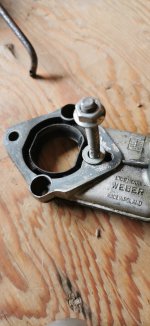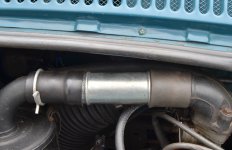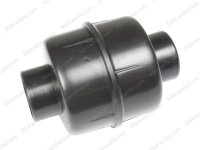Thanks and appreciate the info. What I’m really interested in finding is the “upper limit” of the carbs capabilities.
I’m going to experiment with bolting on one of those Volvo AISN-300 superchargers on the 650 I have, and wondered how much a 24-28 could have pulled through them before starving the supercharged-650.
It’d be easy to bolt on a bigger carb but the AISN-300 is a good size for this small of a carb...in fact probably a little too big.
Doing the math so far it’s looking like a 24-28 won’t work....but that’s still doesn’t stop me from wanting to know what Weber rated their CFMs at.
Long winded explanation but a healthy discussion...
I’m going to experiment with bolting on one of those Volvo AISN-300 superchargers on the 650 I have, and wondered how much a 24-28 could have pulled through them before starving the supercharged-650.
It’d be easy to bolt on a bigger carb but the AISN-300 is a good size for this small of a carb...in fact probably a little too big.
Doing the math so far it’s looking like a 24-28 won’t work....but that’s still doesn’t stop me from wanting to know what Weber rated their CFMs at.
Long winded explanation but a healthy discussion...









